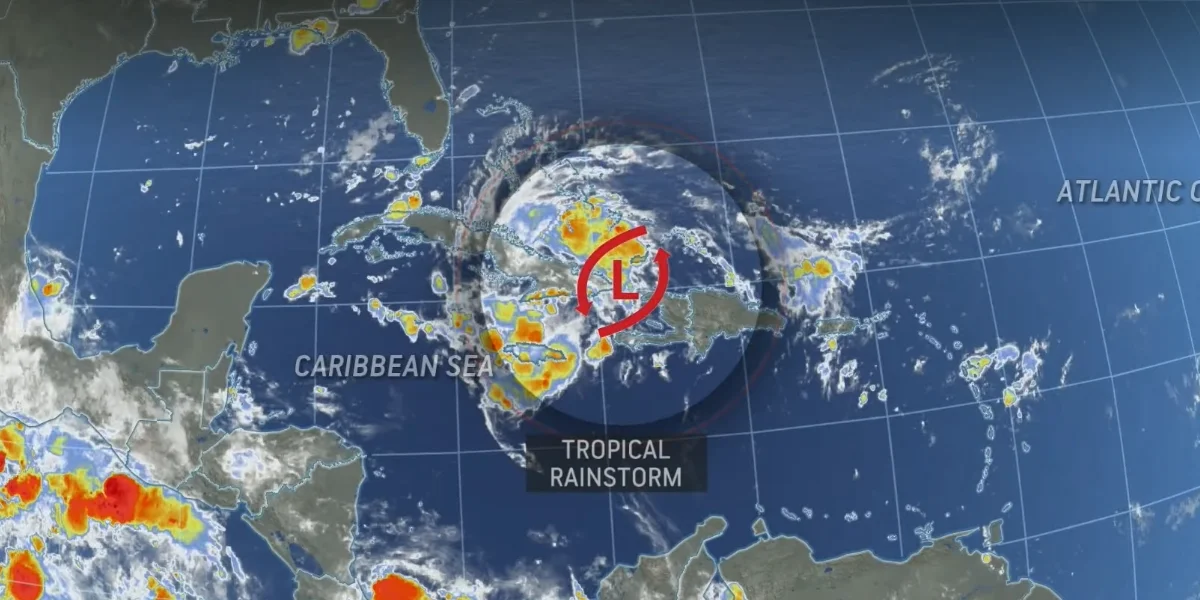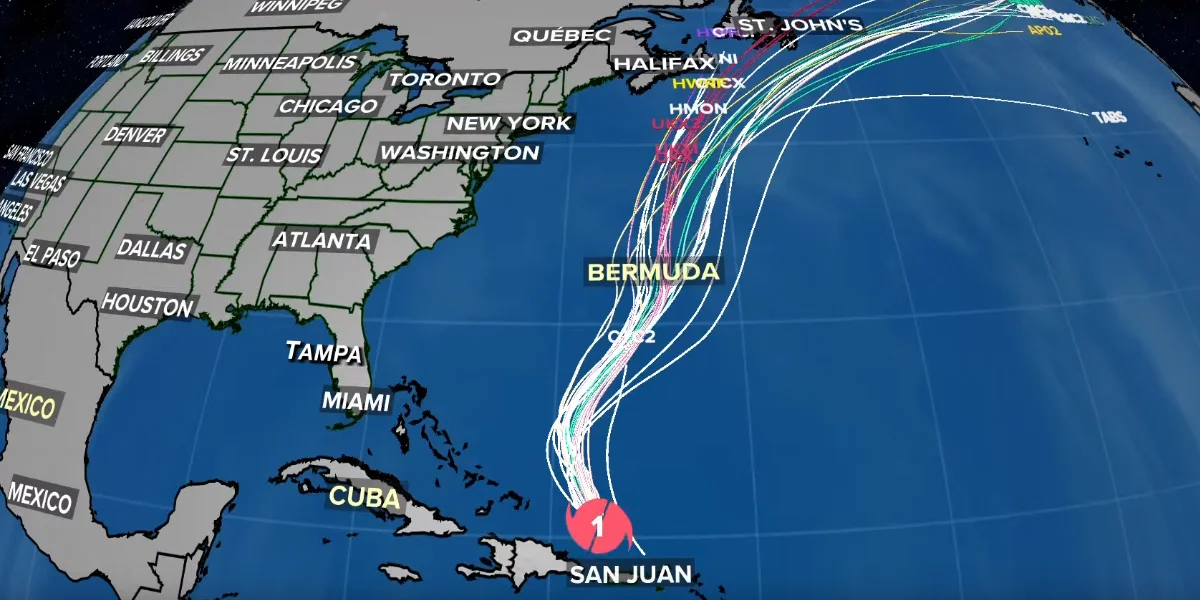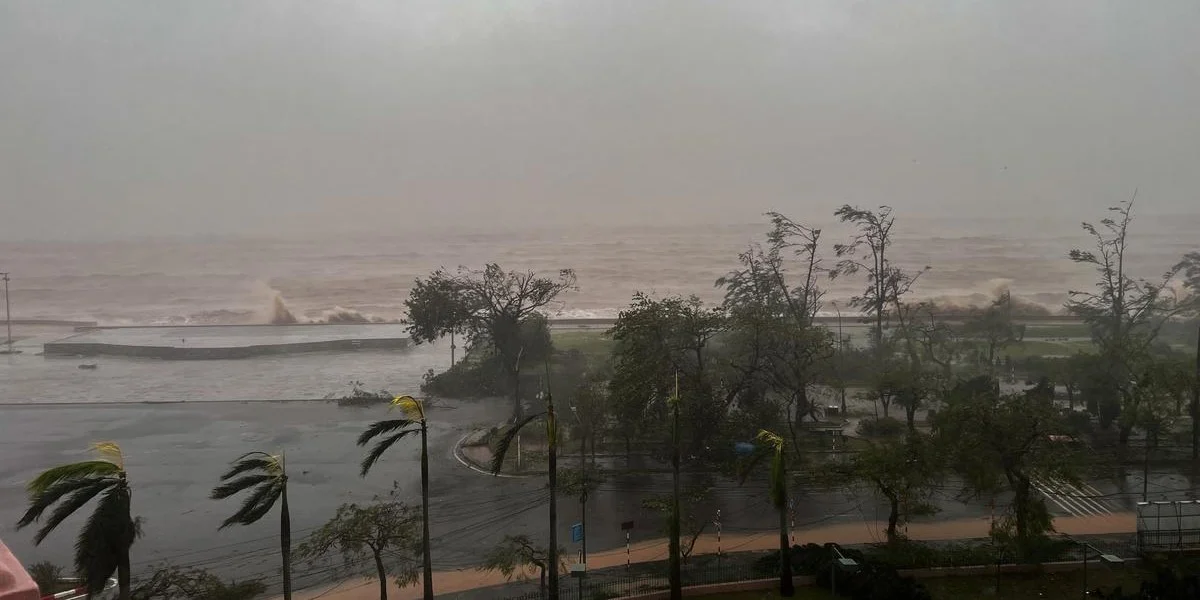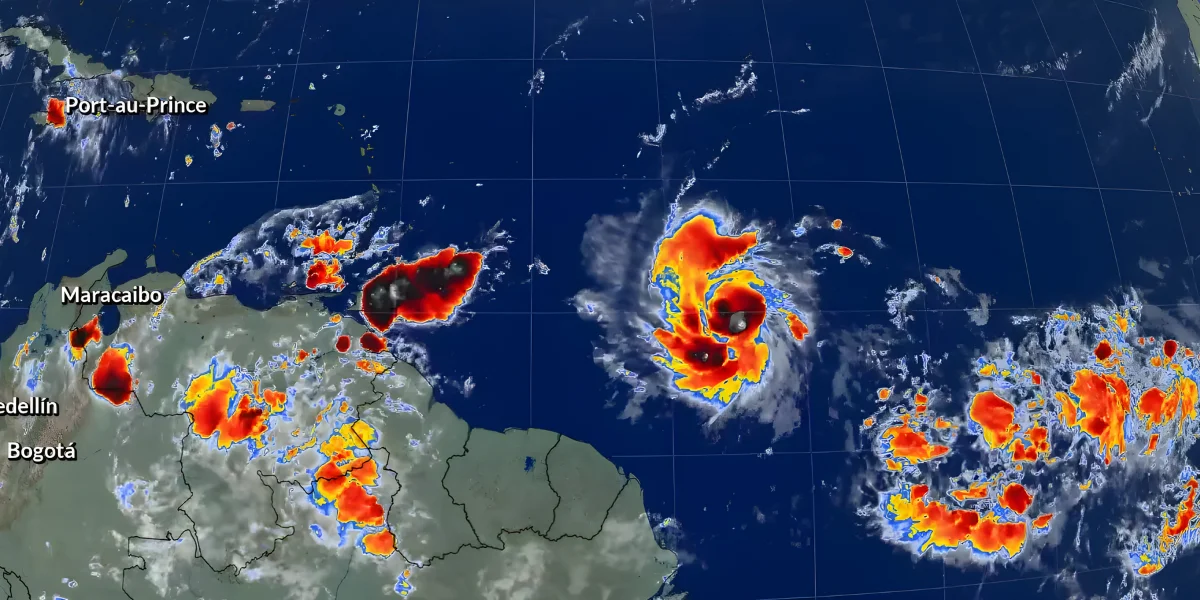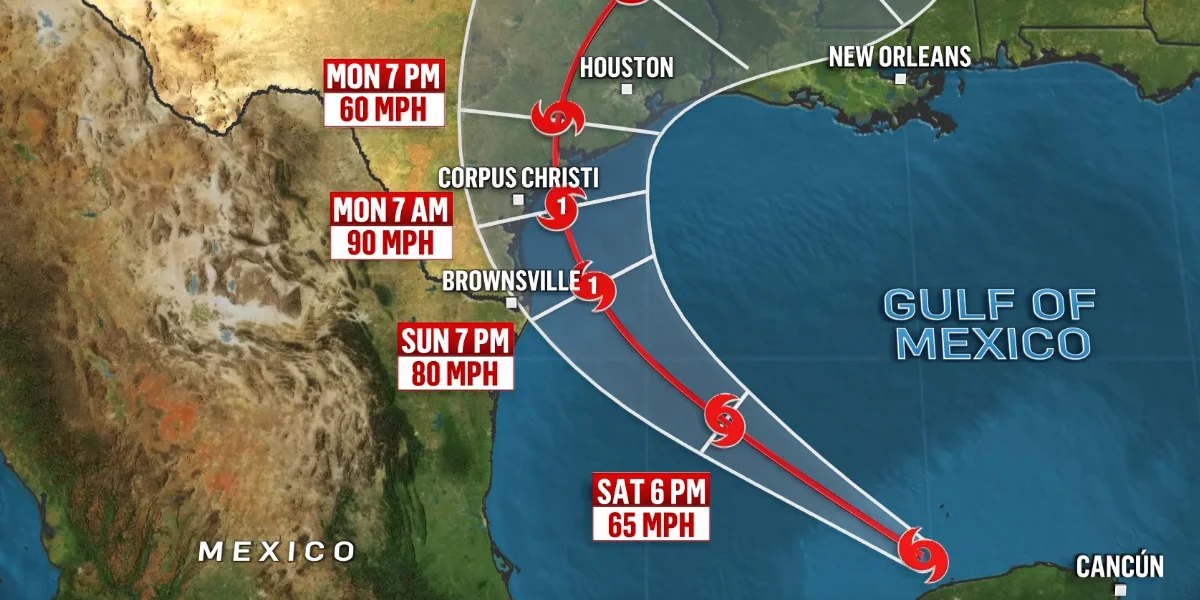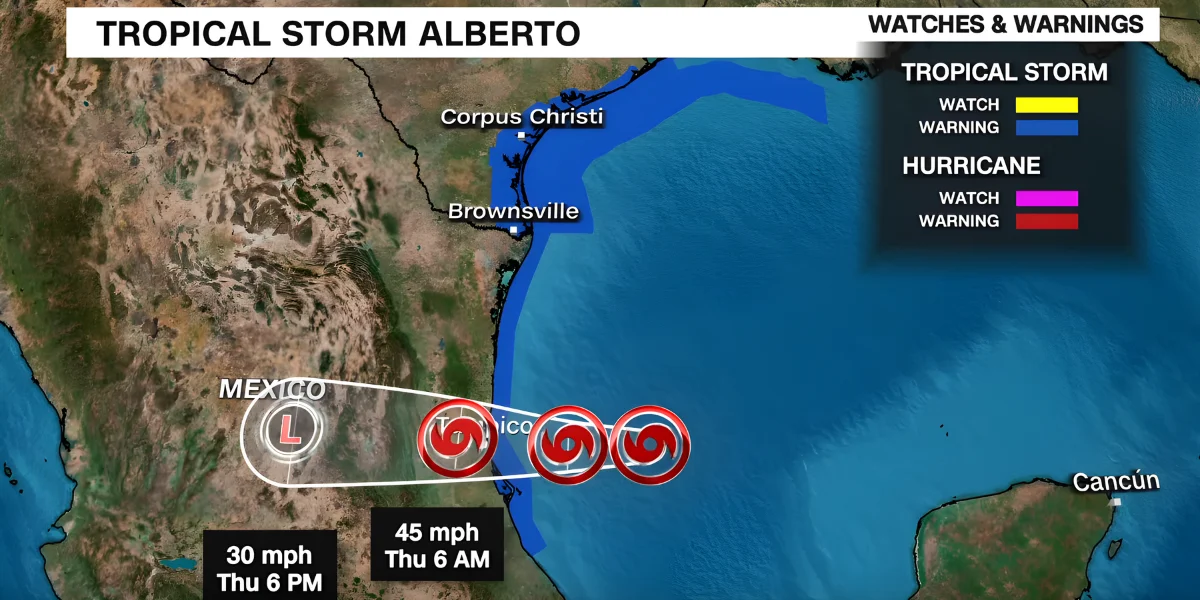Tropical Storm Helene, a potential hurricane, is expected to rapidly intensify on its path to Florida's Gulf Coast
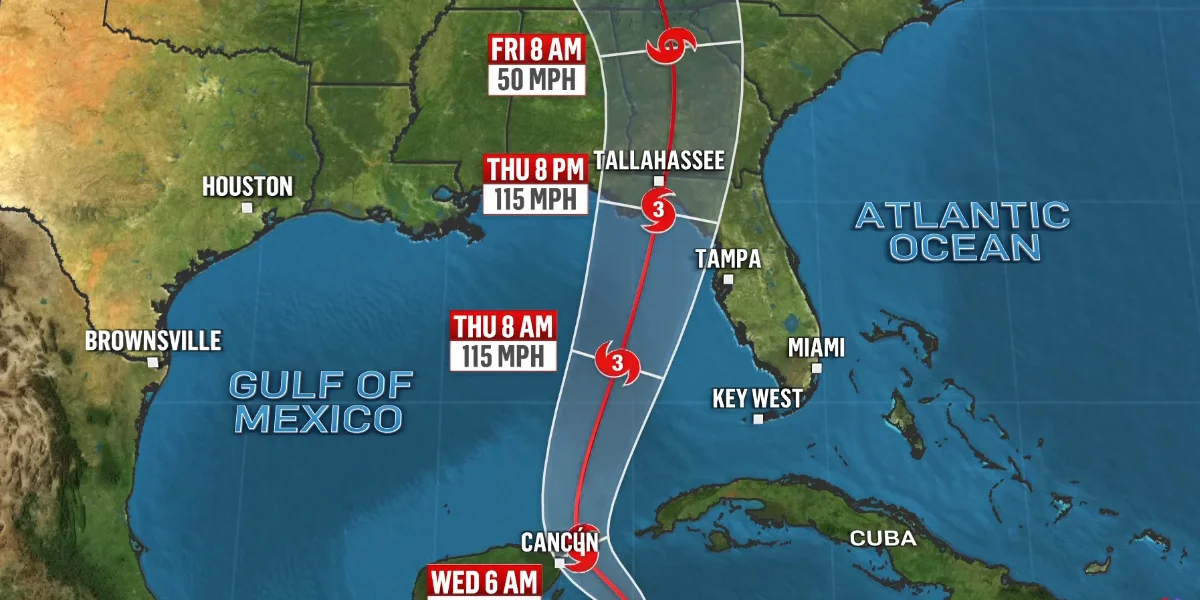
Tropical Storm Helene developed over the Caribbean Sea and moved toward the Gulf Coast on Tuesday, prompting the issuance of a hurricane watch and warnings of storm surges up to 15 feet high for practically the whole western coastline of Florida.
Hurricane Tropical On Tuesday morning, Helene developed in the northwest Caribbean Sea and will rapidly intensify. With its quick intensification over the exceptionally warm waters of the Gulf of Mexico, Helene may develop from a 45 mph tropical storm to a Category 3 major hurricane in as little as 48 hours.
Due to this accelerated schedule, Floridians need to get ready for possibly fatal storm surges, devastating winds, and torrential rains. The National Hurricane Center issued a warning that Helene's trajectory might change in the next few days, which might change the location of its strongest effects.
A state of emergency was declared by Florida Governor Ron DeSantis on Tuesday for 61 of the 67 counties in the state due to the possibility of additional inland damage. Prior to the storm's arrival, the proclamation facilitates quicker state and local government coordination and preparedness.
During a press conference on Tuesday, DeSantis revealed that the Florida State Guard has been mobilized and that at least 3,000 members of the Florida National Guard are prepared to help with storm efforts. Furthermore, according to DeSantis, the state has "hundreds of Starlinks" to deploy in the event that internet service is interrupted.
By Thursday night, tropical storm-force winds will cover a larger portion of the Southeast; they may combine with heavy rain to blow down trees and cause extensive power outages.
Much of the Southeast may have heavy rain starting in the middle of the week, but the most intense rain is expected to fall on Thursday and into Friday morning. The Weather Prediction Center has issued a category 3 or 4 flood risk for portions of Florida, Georgia, Alabama, and the Carolinas on Thursday.
According to official National storm Center estimates, Helene is expected to make landfall as a powerful Category 3 storm with peak sustained winds of 115 mph. Well-built framed homes in the hardest-hit coastal towns may suffer significant damage or have their roof decking removed. Roadways will be obstructed by numerous snapped or uprooted trees. After the storm, water and electricity shortages may last for several days or even weeks.
Record warm waters in Helene's case will contribute to the disturbance's intensification. Climate Central states that human-caused climate change has increased the likelihood of extremely warm sea surface temperatures along the system's estimated route, via the Northern Caribbean and Eastern Gulf of Mexico, by at least 200 to 500 times. As the world gets warmer, hurricanes that strengthen quickly are happening more frequently.
The three most recent storms to make landfall in the United States were Beryl in June, Debby in Florida's Big Bend region and again in South Carolina in August, and Francine in Louisiana on September 11.
As of right now, Helene is the fifth hurricane to hit Florida since 2022 and the fourth to make landfall in the US this year.

